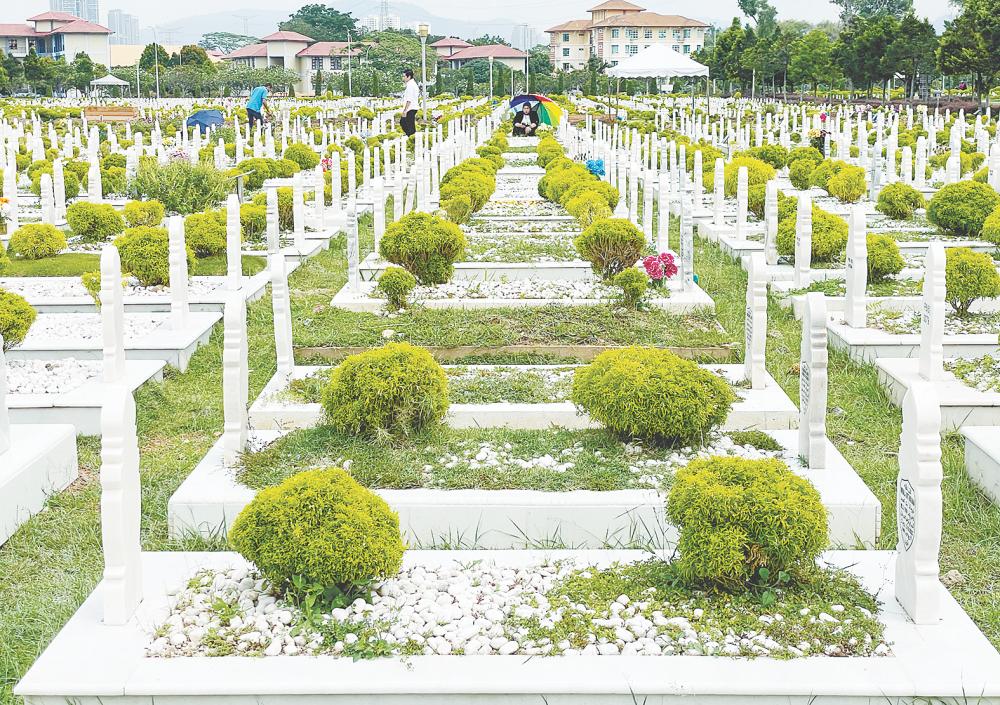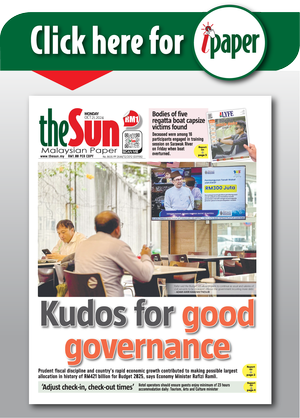PETALING JAYA: Muslim burial plots are in short supply across Kuala Lumpur, with only 9,957 or 16.26%, available out of 61,235 as of July 2024, said the Federal Territory Islamic Religious Department.
The Selangor Standing Committee on Islamic Religious Affairs, Consumer Affairs and Halal Industry also said there are only 324 burial sites in the state, according to its latest 2020 data.
Malaysian Corpse Management Squad Organisation executive chairman Ustaz Muhammad Rafieudin Zainal Rasid said an existing fatwa allows Muslim remains to be stacked one on top of another, also called multi-level graves or double-depth burials.
“This can address the urgent need for burial plots, but public awareness, proper guidelines and regulatory measures must be established to ensure compliance with Islamic burial principles and community acceptance,” he said.
A second fatwa issued by the Selangor Mufti Department and gazetted in October 2004 states that cemeteries that are full and without available land for expansion can reuse old burial plots.
New remains can be included after adding 1.2m of soil over existing ones, a method particularly suitable for low-lying cemeteries.
However, Muhammad Rafieudin said educating the public is crucial for acceptance and laws should be passed to set a maximum burial period of 15 years to help people adjust to the shortage of burial space.
The issue of multi-level graves first arose when Lembah Jaya assemblyman Syed Ahmad Syed Abdul Rahman proposed a pilot project as Muslim cemeteries in Ampang were approaching full capacity, with an average of five to seven burials daily.
Muhammad Rafieudin said the increasing number of burials made it necessary to consider alternatives such as stacking remains as a solution, adding that similar practices have been implemented in several places, including Medina and Mecca.
“If we look at their burial practices, they have been using the same burial grounds for thousands of years. Their method involves relocating old remains to place new ones in the same plot,” he said.
However, he acknowledged that the primary challenges lie in identifying the surviving heirs to inform them of a relocation, while the exhumation process must be conducted with care as some bodies may remain intact long after burial.
“The authorities must monitor the process of exhuming old graves and inform the deceased’s heirs to prevent issues in the future.”
International Islamic University Malaysia, Department of Quran and Sunnah Studies assistant professor Dr Abu Hafiz Salleh Hudin said syariah and scholarly consensus support reusing old burial plots (after full decomposition) as a more widely accepted solution.
“It has historically been practised in Muslim societies and maintains the simplicity and dignity of burials while being more sustainable for long-term cemetery management.
“However, in urban areas with extreme land shortages, graves could be stacked, provided it is done with proper partitions and in compliance with syariah guidelines.”
Abu Hafiz said the muzakarah (discussion or deliberation) had agreed that stacking remains may be implemented if there is an urgent need to address the shortage of Muslim burial grounds.
He emphasised that a comprehensive study on implementation models should be conducted, drawing from the experience of other countries that have adopted similar practices.
“Many practices that are perceived as new or unfamiliar to the Muslim community may raise concerns, misunderstandings or even disputes.
“A comprehensive awareness campaign must be conducted before we consider stacking human remains. Most importantly, the practice must be deemed necessary and approved by a recognised religious authority,” he said.









